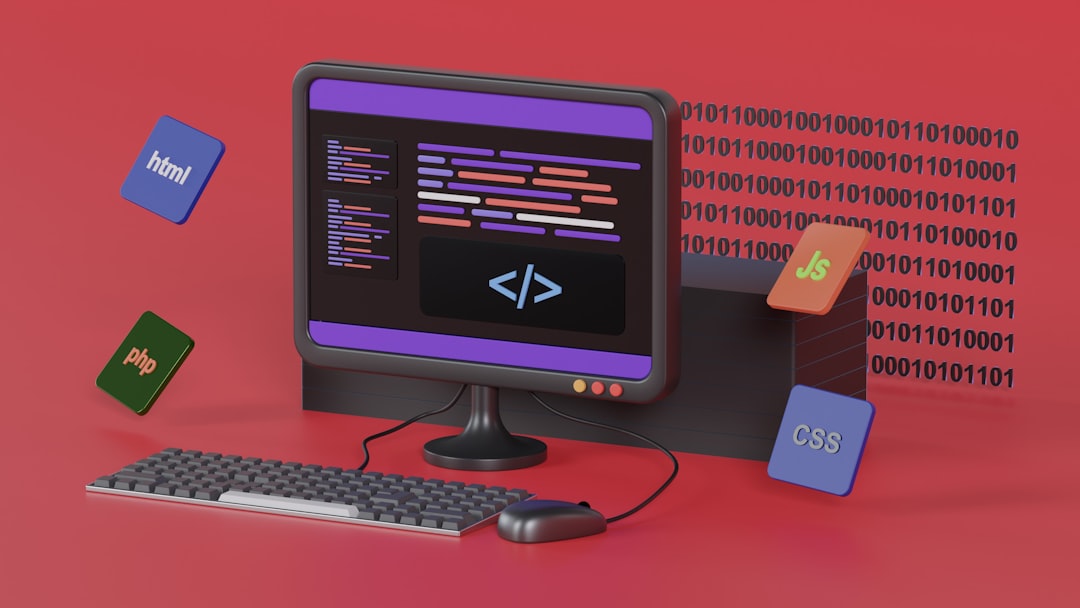Programming Arduino Projects with AI Code Assistance
Arduino has become a cornerstone of modern STEM education, empowering students to bring their electronic ideas to life. However, the coding aspect can often present a significant hurdle. Many students, especially those new to programming, find themselves struggling with syntax, debugging, and understanding complex logic. This is where AI Arduino programming assistance steps in, offering a revolutionary approach to learning and project development. These tools, like GPAI, can significantly streamline the learning process and enable students to focus on the creative and problem-solving aspects of their projects.
The Problem: Overcoming Arduino Programming Challenges
STEM students face several specific challenges when venturing into Arduino programming:
- Steep Learning Curve: The initial learning curve for Arduino programming can be quite steep, particularly for students with limited or no prior coding experience. Grasping the syntax of the Arduino programming language (which is based on C/C++), understanding hardware interactions, and mastering basic programming concepts can be overwhelming.
- Debugging Frustrations: Debugging code is an essential part of the programming process, but it can be incredibly frustrating for beginners. Identifying the source of errors, understanding error messages, and implementing effective debugging strategies require patience and experience. Students often spend countless hours trying to fix seemingly minor issues, which can be discouraging.
- Time-Consuming Development: Writing code from scratch, especially for more complex projects, can be a time-consuming process. Students often need to research different libraries, understand their functionalities, and integrate them into their code. This can detract from the actual design and implementation of the project's hardware components.
- Limited Personalized Support: While online resources and tutorials are available, students often struggle to find personalized support when they encounter specific problems. General online forums can be helpful, but getting tailored guidance for a particular project or coding issue can be difficult and time-sensitive, impacting project deadlines and overall learning.
The Solution: AI-Powered Assistance for Arduino Programming
AI-powered code assistance tools, like GPAI, offer a powerful solution to these challenges and represent a significant advancement in AI Arduino programming. These tools leverage artificial intelligence to provide real-time support, code generation, and debugging assistance:
- Intelligent Code Completion: AI-powered code completion suggests relevant code snippets, functions, and variable names as the student types. This not only speeds up the coding process but also helps students learn the syntax and structure of the Arduino programming language more effectively. It reduces errors and promotes best practices.
- Automated Code Generation: GPAI can automatically generate code for specific tasks or functionalities based on user prompts or project requirements. This is particularly helpful for repetitive tasks or for implementing complex algorithms. Students can focus on the overall project design while the AI handles the tedious coding aspects.
- Real-Time Error Detection and Debugging: AI-powered tools can detect errors in real-time and provide helpful suggestions for fixing them. This significantly reduces the time spent debugging and helps students understand the underlying causes of errors. GPAI can also explain the meaning of error messages in a clear and concise manner, making it easier for students to learn from their mistakes.
- Personalized Learning Experience: AI can analyze a student's coding style and identify areas where they need improvement. Based on this analysis, the AI can provide personalized recommendations, tutorials, and exercises to help the student develop their programming skills more effectively. This tailored approach ensures that students receive the right support at the right time, optimizing their learning experience.
Practical Examples: GPAI in Action for Arduino Projects
Here are a few practical examples of how GPAI can assist STEM students with their Arduino projects:
- Smart Home Automation: A student wants to create a system that automatically adjusts the lighting and temperature based on sensor readings. GPAI can generate the code for reading sensor data, processing it, and controlling the actuators. The student can then focus on designing the hardware components and customizing the system to their specific needs.
- Robotics Projects: For a line-following robot, GPAI can assist in generating the code for controlling the motors, reading sensor values from line sensors, and implementing the line-following algorithm. This allows students to focus on the mechanical design of the robot and the integration of the various components.
- Environmental Monitoring System: A student building an environmental monitoring system can use GPAI to generate the code for reading data from various sensors (e.g., temperature, humidity, air quality), storing the data, and displaying it on a screen. GPAI helps streamline the data acquisition and processing aspects of the project.
Conclusion: Empowering STEM Students with AI in Arduino Programming
AI Arduino programming assistance tools like GPAI are revolutionizing the way STEM students learn and develop Arduino projects. By providing intelligent code completion, automated code generation, real-time debugging, and personalized learning experiences, these tools empower students to overcome programming challenges, accelerate their learning, and focus on the creative and problem-solving aspects of their projects. As AI technology continues to advance, we can expect even more sophisticated tools to emerge, further enhancing the Arduino programming experience for STEM students and fostering innovation in the field of electronics and embedded systems.
